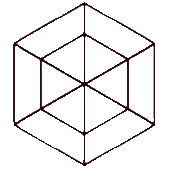2065 words
Parent: T.00_FR_The Art of Gaming Concepts – Topologies of Art, Platforms and Archeologies of the Future(s)
Choreographing Fields: the Boundlessness of Digital Archives
Not only who is the artist, but what is a curator of “the imaginary museum”1, even the more within the digital modes of production, consumption and dissipation? What does it mean to craft an exhibition made mostly of digital spaces, what is to create the immersive topology of a concept? What is space, the potentially boundless space of a digital exhibition? What kind of meta-architecture should be created for exposure / exhibition / performance, for avoiding the triviality of translating a physical gallery into a digital gallery? Clearly one of today’s necessities is that of crafting one’s own form of life in the digital. How could art move in the craft of creating forms of digital selfhood and avatars? What should the ethics of art be in the act of plotting and printing digital personae? Should art create new spaces for digital subjects to perform as? In which way art could help in exposing societal biases and classificatory stereotypes and preconceptions in the creation of digital selves?
Once we had a project2, one that took position first proposing a platform, and testing modes of virtual presentation in order to react to the exponential sublimation of “art”, its exploitation into a hyper-commodity without conceptual finality —in blatant terms, to present less artists’ invention and more artists’ constructions. Through this form of en-framing art, we tried to imagine what form of inter-subjective presence could emerge, keeping at the center of inquiry the necessity to enable emancipatory practices working with and through non-physical forms of creation, mediation and exposure. This experiment was in essence a way of designing and utilising platforms as interactive tools, for navigating through and the manipulation of conceptual and abstract materials. It was a prototype that attempted at giving a form to (digital) art agencies via the constitution of a shared, archival infrastructure. It was a “platform” for conceptual pathways to emerge, for concepts to become processes made legible, for art’s actions to be re-organisable and to be collaborative throughout. The project was an attempt at transforming “art” from a practice capitalising speculative values, to a practice where orientation and collaboration of a collectivity of thoughts becomes primary. It was an experiment that showed the inner “relations” working behind any final “creation”. It was an “additive” archive allowing collectives to change, add or subtract materials, to intervene in the making of something and to take communal action, to assess and analyse concept/behaviours/desires as if they were analytical “blocks”, so to be able to determine how to redistribute/reallocate resources and to decide in real-time how to shape a concept, an art piece, or the form of a community to come. In essence, any curatorial process undergoing the same treatment would reveal how any work is made of discrete digital fragments that could be analytically dismembered, so that the object of art’s transcendental value is suspended in order for the analytic operation of categorisation to take place, and so the operation of orientation and communal manipulation to begin. For Art to stop producing transcendental object that cannot be re-articulated and to begin concretising operation made of parts… digital bit, remnants that could be commented upon, photographed, indexed, remunerated, expropriated, immolated. An abstract machine, a “plot”3, is a needed spatio-temporal device for orientation in which gestures (intended to be effective-affective materials) can be visualised and reappropriated, downloaded in their discreteness, and reutilised.
With “Negentropic Fields” we created INFO, a platform, we then experimented how to extend, augment, transform the physical space of an exhibition. We started by questioning the modes through which traditionally media art is displayed in museums and galleries. We begun by asking ourselves: what is the “space” and “place” of a digital exhibition? Thus what space should be given to art in the digital? Although everything seems to be moving into pure data and relations and everything could be lived as such, as formal relation and asthetised digits, we still believed in the necessity of “making place” in order to inhabit/sharing meaningfully and conceptually digital-places, topologies of sense to open and suspend a bracket within the digital entropy of structureless data. The virtual space was accessible at the physical location at “Negentropic Fields”; it wasn’t the translation of the gallery’s physicality into a digital clone; something most exhibition venues do in order to prepare a black slate for the artists’ work to be installed, passively projected, virtually displayed. Traditionally, in a curated collective, each artist is either asked to produce a new piece or to give an existing piece to be used for the purpose of the exhibition. When art pieces are “performances” they are either presented in the exhibition through video/sound recordings, or they are performed at the exhibition venue. One may say that in a traditional gallery there is no active translation, although the work is alienated from its original settings (a sort of active translation) it does not lose its main conceptual/material characteristics. In Negentropic Fields the process of transformation was instead an active one as it needed creative acts for constituting the condition of virtual emplacement.
*
[Immersive Environments {y = [(X1 = X2) * 5(abcde)]}, the access point of “Negentropic Fields”]
Given the lack of physicality or the impossibility of occupying physical places- the impossibility of performing at location and in presence due in part to Covid, we decided it was necessary to craft specific extensions, environments, for each of the artists involved, immersive topologies (re-)presentative of their concepts. The virtual-digital spaces at Negentropic Fields had nothing to do with the topology of the museum in which the exhibition took place, we didn’t want to design a digital-twin for allowing digital work to be experienced digitally as one would do by looking at a projection or a screen placed in physical space. For us “virtual” is space, it should have places and not only digits. It is data, but it could/should be experienced not only as data, but spatialised-data… specifically when in such space there’s art from a collective of artists with different digital attitudes and ethics. The project presented a topology, a multi-level conceptual space, where different artists’ environment could coexist. Hence we decided to create digital spaces for the artists to inhabit, topological extensions with different modalities of exploration, scale of relation, temporalities… sets moving beyond the limits of the gallery, challenging the cliches of tradition. The digitally crafted collective space is not an “architecture” in which to experience digital projections, nor it is a commodified game-like environment of hedonistic consumption and combustion of 3d assets, colours, interactions. At the gallery, the stage we called [actualisation] [incarnation/manifestation], the audience could access this multi-level digital space (not available online), a complex topology made of a “meta-space” and 5 sub-levels, experiences. The explorable topologies present the different nature of the digital materials and the concepts produced by the artists and archived on the platform…creative translation of the artists’ materials and concepts rearranged and casted into environments with different spaces and time extensions. In the process the curator transmuted from an organiser of digital materials to a creative translator needing to generate the condition for accessing and exploring a potentially boundless exhibition. The curator translates artists’ materials/concepts into “environments”, in a process that productively destabilises traditional relations, subverting that of artists and curators. It asks the former to become the curator of their own archives, and the latter to mutate into a creator of digital extensions that are isomorphic to the conceptual forms proposed by the former.
The digital environments are held together in the form of a hyper-cube, a multi-dimensional object made of a “meta-space” (see below its description) through which the user can access five connected sub-levels. At the gallery the digital extension is explorable through a motion sensor, the audience controls in real-time an avatar via hand gestures: an experience that is neither purely virtual nor purely physical that asks the audience to readapt their bodily movement and cognition to the temporalities designed, to challenge their “given” structures, to let expose themselves to the uncanny feeling of living in hybrid fields of presence. We developed a meta-architecture that choreographs physical forms of life and digital forms of expression. The digital space is a proto-architecture in which visitors are free to wonder, momentarily trapped in the queer sacrality of hybrid, non-linear experiences. It is a virtual space stripped down to its bare conceptuality, it is a 4-dimensional topology, an architectonic that does not passively display the work of the artists, but that performs it, reinterpret it, translating it and subjecting it to alternative atmospheres, rhythms, concepts; and forms of time.
*
What do you sense, see, hear and touch when you enter the interactive installation4? The screens open with a text by Malraux:
“The greatest mystery is not that we were thrown by chance between the profusion of matter and the profusions of the stars; rather, it is that in this prison we drew from ourselves images so powerful as to negate our nothingness”.5
Right after the hyper-cube, a n-dimensional space materialises on the screen. The version of META-SPACE accessible at the gallery via the interactive experience (via Kinect capture, which asks the body to learn to move in space and time through hand gestures) is one of the possible instantiations of the hyper-cube, a version in which time is frozen so that the complex topology of the hyper-cube can be presented to and explored by the users. Your are about to move on a seemingly lunar landscape when a voice welcomes the visitors:
“You are an animal and so am I.
I’m consistent, you are not. I’m a reflection of what is in you. You are not a reflection of what is in me.
I want to know one thing only.
Earth, the planet you come from, what is it?”6
META-SPACE is a gate, a dual-topology allowing the users to move towards and to experience the artists’ conceptual developments. The META-SPACE is an interactive environment holding together 5 + 1 (itself) fields of expression, “places” with different times... topoi, tendencies, vectors, tensors, etc.
The META-SPACE is not one space, but it is made of two integrated topologies, X1 and X2, allowing the user to switch between two forms of experiencing-exploring-knowing-mapping:
X1___it is a cartesian space disturbed by noise, a place experienced as a SURFACE, a sonic lunar landscape where sounds and colours index and direct the users towards different environments. It is a landscape without clear phenomenon, it is intensity and opacity at the same time. X1 = localised and phenomenological grounding, maze of infinite semiosis, a landscape of sorts, a desert where rationality is suspended and the fullness of sensation without reason resists formal control; existing as a space-other, subsisting both phenomenon and noumenon. It is a space that enmeshes the user in the “labyrinth of the continuum”.
X2___it is a multidimensional space, a frozen hypercube located below the phenomenological ground of X1. The user/subject can move out of X1 to explore in a controlled manner one of the hypercube’s interiorities, It is a multi-component VOLUME where effects and affects are suspended, where direct formal/analytical control without phenomenon is the only type of interaction allowed. X2 = analytic vision, abstracted space; absolutos, in itself, separated;
The duality of the two modes of accessing/experiencing the META-SPACE provides the user with the ability to switch between two modes of KNOWING:
X1+ X2 = “synoptic vision”7
References
1 See T.06_FR_What Conceptualism After Conceptual-Art? (Platforms – Abstraction and Emancipation).
2 “Negentropic Fields” (negentropicfields.info, accessed 2021.01.10).
3 PLOT (https://negentropicfields.info/Plot, accessed 2021.02.25).
4 See “Negentropic Fields”, section “Actualisation” (https://negentropicfields.info/Actualisation).
5 André Malraux, passage found in Maurice Blanchot’s “Friendship” (Stanford: Stanford University Press, 1997), originally published as “L’Amitié” (1971).
6 Andrzej Żuławski, “On the Silver Globe”, 1989.
7 Wilfrid Sellars, “Philosophy and the Scientific Image of Man,” in: Robert Colodny, ed., Frontiers of Science and Philosophy (Pittsburgh: University of Pittsburgh Press, 1962), pp. 35–78.
Links
︎ @remxbj ︎ formaxioms.com ︎ remixstudio.org
From the same writer
T.00_FR_The Art of Gaming Concepts – Topologies of Art, Platforms and Archeologies of the Future(s) T.01_FR_Cognitive Dissonance and Non-entropic Fields T.02_FR_Place(s) of Art T.03_FR_Discretely Whispering T.04_FR_Transcendental Objects of Desire. Art and the Valuation of the Unknown T.05_FR_What Conceptualism After Conceptual-Art? (Platforms – Abstraction and Emancipation) T.06_FR_ENCORE: Militant-art and Alien-Subjectivity – Writing Worlds T.07_FR_Choreographing Fields: the Boundlessness of Digital Archives






